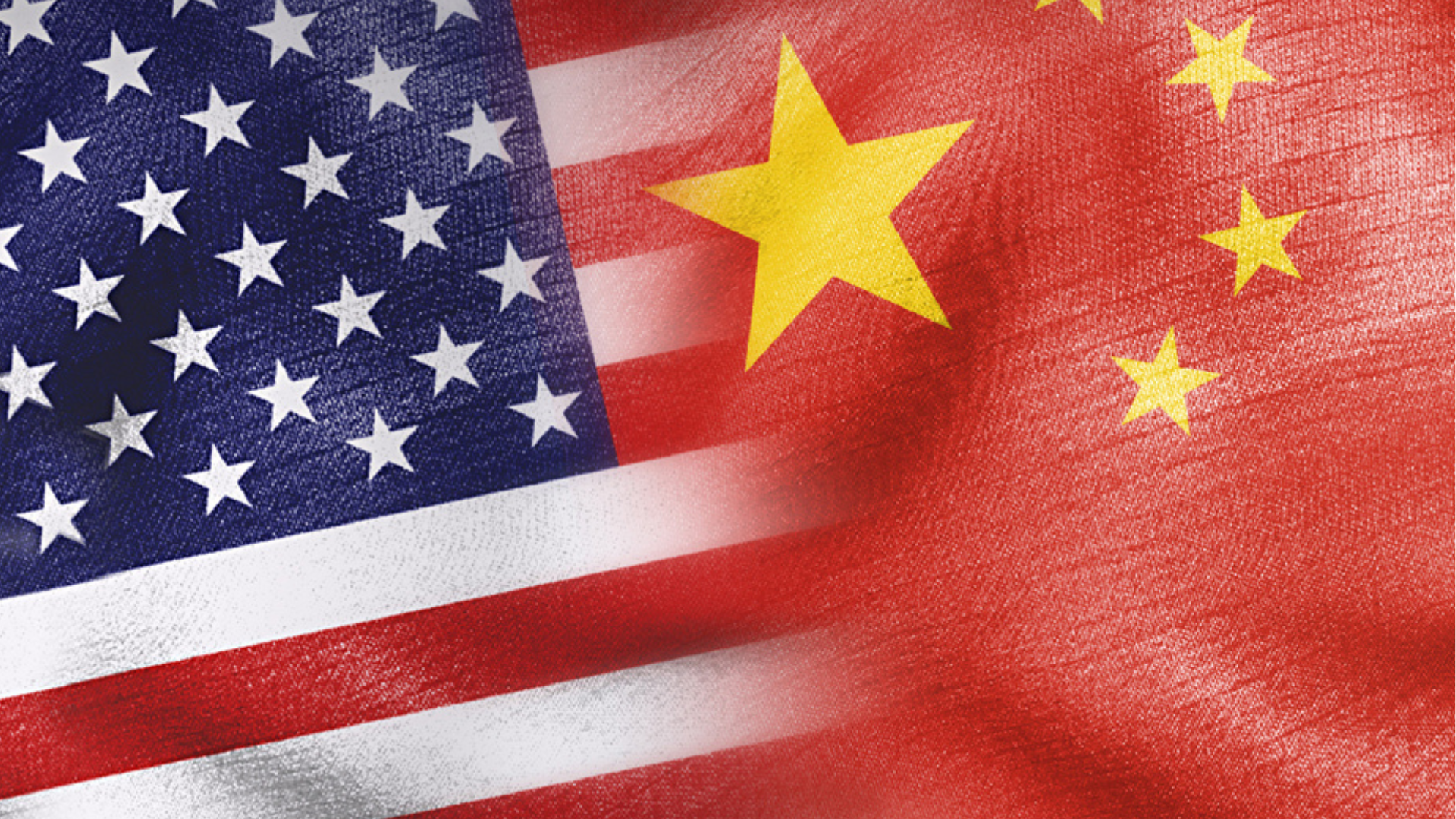Already a subscriber? Make sure to log into your account before viewing this content. You can access your account by hitting the “login” button on the top right corner. Still unable to see the content after signing in? Make sure your card on file is up-to-date.
China has pushed back on claims made by President Trump that President Xi Jinping recently called him over the current trade war.
Some shit you should know before you read: If you’re unaware, the US-China trade war is still ongoing. As of now, the US has imposed tariffs of 145% on Chinese imports, while China has responded with 125% tariffs on American goods. President Donald Trump recently suggested that some of these tariffs could “come down substantially,” and has already made exemptions for certain goods like smartphones and computers. Similarly, China has eased some duties, particularly on US aviation-related products. Trump also claimed that Chinese President Xi Jinping contacted him recently, telling Time magazine, “He’s called. And I don’t think that’s a sign of weakness on his behalf.” However, he offered no clear details about the supposed conversation and, when pressed by CNN, said only, “I don’t want to comment on that, but I’ve spoken to him many times.”

What’s going on now: In a notable development, China has pushed back against President Donald Trump’s claims that Chinese President Xi Jinping recently called him. During a regular press briefing, Chinese Foreign Ministry spokesperson Guo Jiakun stated, “As far as I know, there has been no recent phone call between the two heads of state. I want to reiterate that China and the United States are not engaged in consultations or negotiations on the tariff issue.”
In addition, Guo warned, “If the US really wants to solve the problem through dialogue and negotiation, it should stop threatening and blackmailing (China).” For weeks, Chinese officials have consistently rejected claims that talks are underway, with the Ministry of Commerce labeling any talk of progress as “baseless rumors without factual evidence.”
The continued deadlock has deepened the economic fallout within China. Factories, particularly those manufacturing goods for US export like toys and clothes, are cutting production and furloughing employees. According to Goldman Sachs estimates, between 10 and 20 million Chinese workers are tied to industries focused on US exports, signaling significant risks to employment and local economies.
Beyond labor impacts, Chinese manufacturers are scrambling to find alternative markets and sales strategies. Some are turning to domestic e-commerce while others are exploring sales to Europe, Australia, and Latin America.






